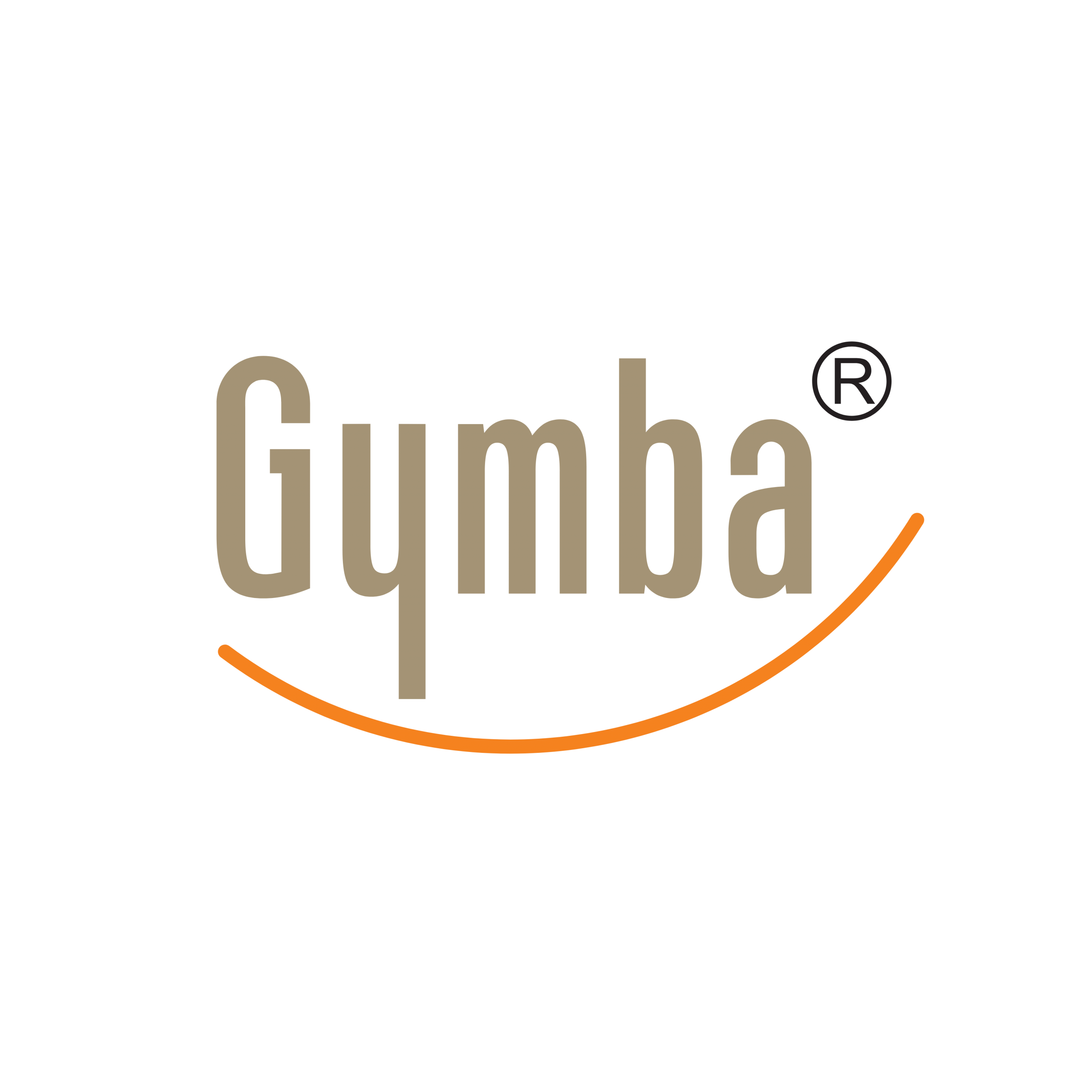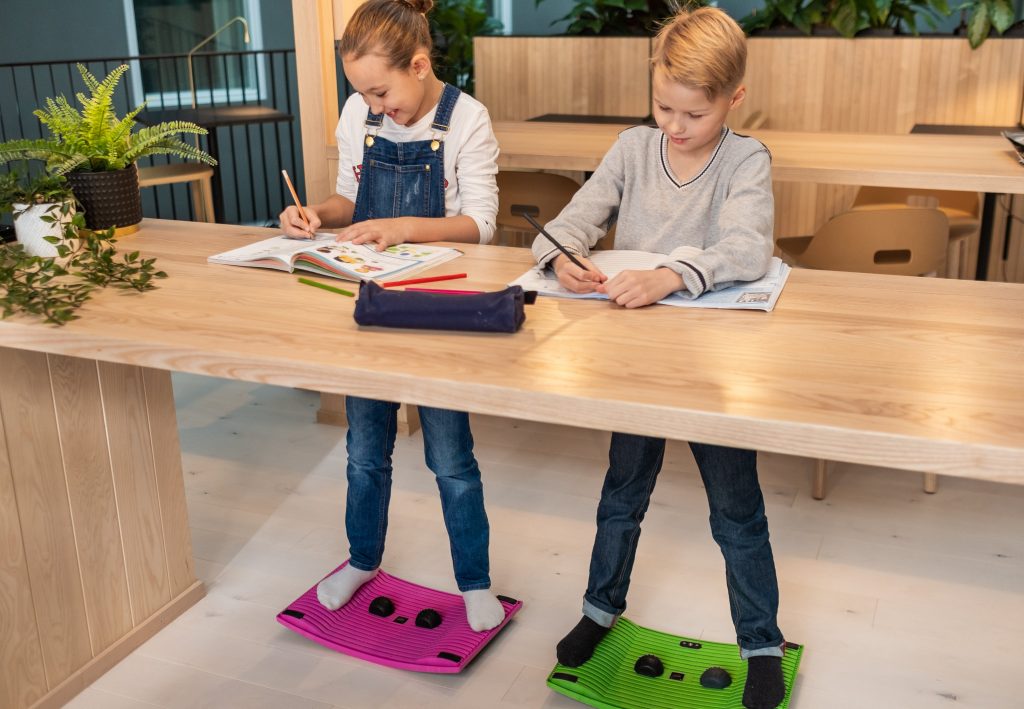Balance boards can significantly improve student focus and posture in classroom settings by promoting active learning and proper body alignment. These dynamic platforms encourage subtle movement while standing, which helps engage the vestibular system and core muscles. Research suggests that this controlled physical activity can help channel excess energy, reduce fidgeting, and enhance concentration, particularly beneficial for students who struggle with sitting still. Additionally, the constant micro-adjustments required when using balance boards for improved posture and focus naturally promote better spinal alignment and core engagement, leading to improved posture habits that benefit developing bodies.
Understanding balance boards in educational settings
Balance boards are flat platforms designed to create instability, requiring users to make constant micro-adjustments to maintain balance. In educational environments, these versatile tools are increasingly being incorporated as part of movement-based learning approaches that recognize the vital connection between physical activity and cognitive function.
Traditional classroom setups often expect students to remain seated and still for extended periods, which contradicts children’s natural need for movement. Balance boards offer a solution by providing controlled physical stimulation while students remain at their workstations.
The science behind this approach draws on research showing that moderate physical activity enhances blood flow to the brain, stimulates neural connections, and releases chemicals that support focus and memory formation. This creates an optimal state for learning, especially in developing brains that benefit from movement to process information effectively.
How do balance boards affect student concentration?
Balance boards can significantly enhance student concentration by providing controlled physical stimulation that helps the brain maintain an alert, focused state. The vestibular stimulation created by subtle balancing movements activates the reticular activating system – the part of the brain responsible for regulating attention and alertness.
For many students, especially those with attention challenges, the ability to move slightly while learning helps channel excess energy that might otherwise manifest as fidgeting, distraction, or disruptive behavior. This controlled movement serves as a productive outlet for kinesthetic energy.
The balance requirement also creates a mild form of dual-tasking, where the brain must allocate some resources to maintaining physical stability. Interestingly, this slight physical challenge can actually improve focus on cognitive tasks rather than detract from it, as it helps establish an optimal level of alertness and engagement.
For many students, the alternative – forced stillness – requires significant mental energy that could otherwise be directed toward learning. Balance boards provide an appropriate level of physical engagement that can help the brain maintain focus on academic content.
What improvements can balance boards make to student posture?
Balance boards can make substantial improvements to student posture by actively engaging core muscles and promoting proper spinal alignment. When standing on a balance board, students must continuously make small postural adjustments that strengthen the deep stabilizing muscles essential for maintaining good posture.
Traditional classroom seating often encourages slouching, with students leaning forward or slumping over desks. This can lead to poor postural habits that may persist into adulthood. Balance boards counteract these tendencies by naturally encouraging an upright position with proper weight distribution.
The dynamic standing position facilitated by balance boards also helps reduce the prolonged static positioning that can lead to stiffness and discomfort. This active engagement helps develop body awareness and proprioception – the sense of where one’s body is in space – which is fundamental to developing good posture habits.
For growing bodies, these benefits are particularly important. Developing strong postural muscles and healthy alignment during formative years can help prevent back, neck, and shoulder problems that might otherwise develop from poor positioning during long hours of schoolwork.
How can balance boards be integrated into classroom routines?
Balance boards can be seamlessly integrated into classroom routines through thoughtful implementation strategies that enhance rather than disrupt the learning environment. The most successful approach is often a rotation system where students take turns using the balance boards at designated workstations or standing desks designed for active learning.
For younger students, creating “movement stations” where balance boards are one of several active learning options works well. These can be incorporated into existing center-based learning activities with clear guidelines about appropriate use.
For older students, balance boards can be integrated with standing desks for specific learning activities or time periods. Many teachers find that allowing students to use balance boards during independent work, reading time, or discussions yields positive results without disrupting concentration.
Establishing clear expectations is essential. Students should understand:
– When balance boards are available for use
– How to transition between seated and standing positions quietly
– Appropriate movement levels (subtle balancing rather than dramatic movements)
– How to request a turn if using a rotation system (if there is one)
Start with short periods and gradually increase duration as students develop balance skills and incorporate the boards into their learning routine.
Are balance boards suitable for all age groups in schools?
Balance boards can be suitable for most school age groups, but their design and implementation should be tailored to different developmental stages. For primary/elementary students (ages 5-10), simpler balance boards with limited movement range are most appropriate, as they provide the benefits of movement while maintaining safety for developing coordination.
Middle school students (ages 11-13) typically have improved coordination and can handle balance boards with moderate movement ranges. At this age, balance boards can be particularly beneficial as students experience growth spurts that can affect posture and body awareness.
High school students (ages 14-18) can generally use adult-level balance boards with fuller ranges of motion, as their physical development and coordination have matured significantly. For this age group, balance boards can serve dual purposes of improving focus and counteracting the postural effects of increased screen time when using ergonomic laptop stands for proper positioning.
For all age groups, it’s important to:
– Provide proper instruction on safe use
– Consider individual physical capabilities and limitations
– Start with brief exposure periods before increasing duration
– Ensure appropriate supervision, especially for younger students
Students with specific physical challenges may need adapted equipment or additional support, but many find that balance boards actually help them develop improved stability and coordination over time.
Key takeaways about balance boards for improved classroom experience
Balance boards offer significant benefits for enhancing both student focus and posture in educational settings. The subtle movement they provide helps channel excess energy productively while engaging core muscles that support proper alignment. The active learning environment created through balance boards can transform traditional static classrooms into spaces that honor children’s natural need for movement.
When implemented thoughtfully, balance boards can:
– Improve concentration and on-task behavior
– Strengthen core muscles for better posture
– Provide appropriate sensory input for students who need movement
– Create more physically active learning environments
– Help develop proprioception and body awareness
We understand that every classroom has unique needs, which is why our Gymba activation boards are designed to provide just the right amount of movement while being durable, safe, and easy to integrate into existing setups. Our balance boards—referred to as activation boards—are specifically engineered to encourage subtle, beneficial movement while maintaining a stable, controlled experience. This ensures they support focus and engagement without disrupting the learning environment.
By incorporating tools that support physical well-being alongside cognitive development, schools can create more effective learning environments that benefit students’ health and academic performance simultaneously.

